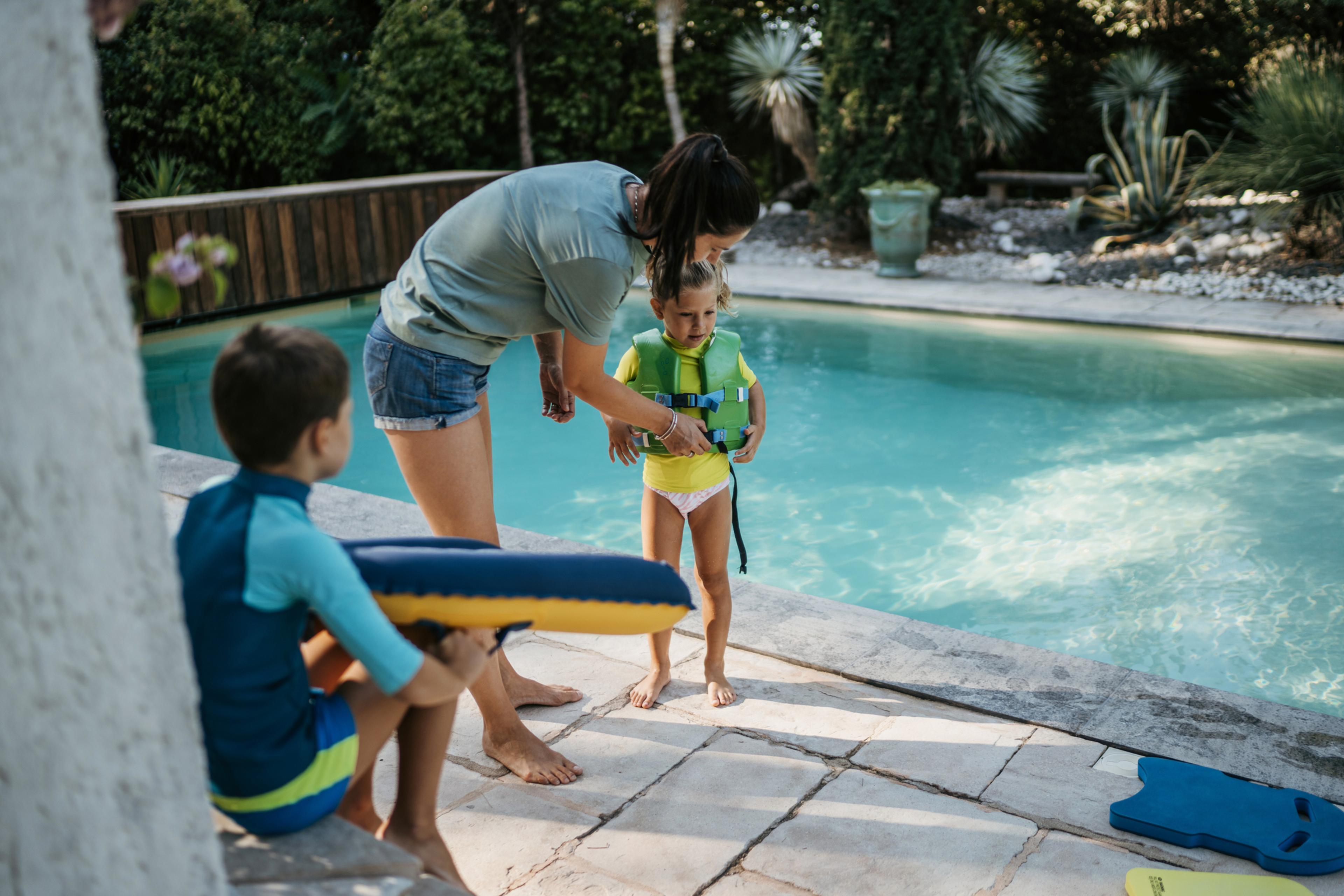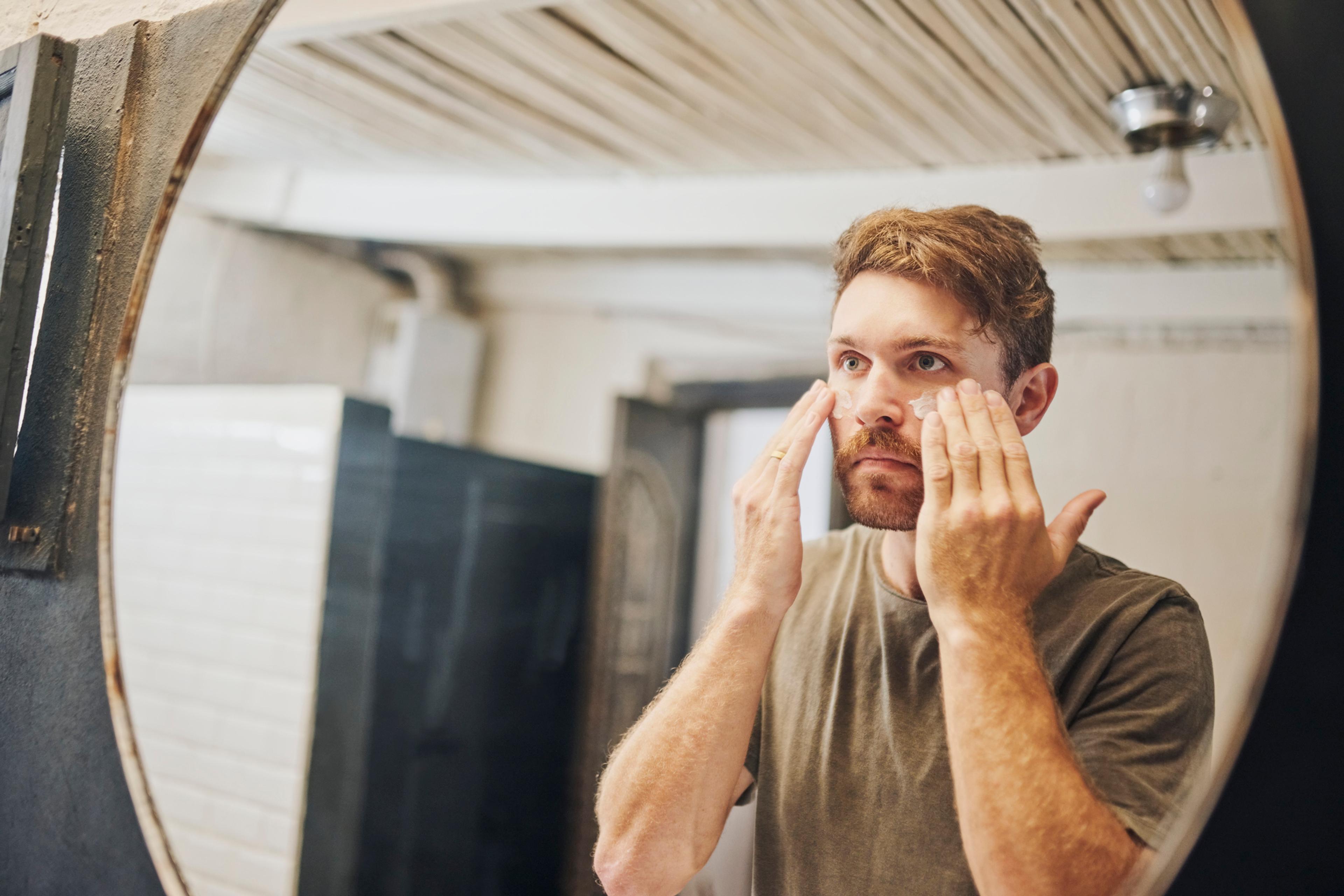Water Safety 101: How to Enjoy the Water Safely

Dr. Angela Seabright, D.O.
| 4 min read
Dr. Angela Seabright, D.O., is a board-certified fam...

Key Takeaways
- Enrolling kids in swim lessons, supervising them closely near water and learning CPR are all important elements of water safety.
- Prioritizing visibility when buying a swimsuit for your child is another key water safety measure to take.
- Adults can practice good water safety by avoiding alcohol, relying on the buddy system and considering medications and medical conditions before venturing out onto the water.
Roughly 4,000 people each year die from unintentional drowning in the United States, according to the American Red Cross. More children ages 1-4 will die from drowning than any other cause of death, and 87% of kids in that age range drown in home pools or hot tubs.
While it’s crucial for parents to brush up on water safety to protect their kids, adults should be aware they are also at risk of drowning, especially when alcohol is involved. These essential water safety tips can help keep individuals safe during the summer.
Water safety for children
A few tips to promote childhood water safety include:
Enrolling kids in swim lessons: Studies show swim lessons can help reduce drowning risk for kids ages 1-4, the most vulnerable age range. The United States Swim School Association, the YMCA’s national directory and the Red Cross’ national swim lessons directory can help parents find classes near them.
Providing protection inside and out of the pool: The Centers for Disease Control and Prevention (CDC) recommends homeowners fully enclose their pool using a four-sided fence that is not climbable and at least four feet in height. Remove all toys from the pool area that might attract children when the pool is not in use to avoid an unexpected, unsupervised incident. Children should wear a life jacket during all activities in or around water. Be sure all buckles and straps function properly and always discard life jackets with torn fabric or loose straps.
Supervising kids closely: Adults should closely and constantly supervise children in or near water. This includes bathtubs, which are the second leading location of fatal drowning incidents among younger kids. Parents should stay within arm’s reach of crawler-aged children whenever their baby is near water. The CDC advises adults to avoid distracting activities like reading, using their phone and consuming alcohol or drugs while supervising kids, because drowning can happen quickly and quietly.
Buying safe swimsuit colors: When selecting a swimsuit, visibility should be a top priority. Below the surface, some swimsuit colors may blend in with the water and disappear entirely. Studies show bright, neon-colored swimsuits as the easiest to spot, especially those that are green, orange and yellow.
Learning CPR: In the event of a life-threatening incident, performing CPR can save a life and buy time for paramedics to arrive. The Red Cross and American Heart Association offer online and in-person CPR classes.
Water safety for adults
These three tips for adults are crucial to a safe and healthy outing on the water:
- Avoid alcohol: According to the American Safety Council, 70% of deaths from recreational water activities involve alcohol. Avoid drinking alcohol before or during swimming and boating activities, as alcohol can impair balance, coordination and judgment.
- Use the buddy system: While swimming, the CDC recommends swimming in pairs whenever possible. The buddy system is especially beneficial for people prone to seizures or other medical conditions that increase their risk of drowning.
- Consider medications and medical conditions: Do not swim if taking medication that impairs alertness and coordination as these side effects can increase drowning risk. Several medications – including those for anxiety – can produce these side effects. Additionally, individuals with seizure disorders such as epilepsy, heart conditions and autism should receive one-on-one supervision, whether inside the water or just near it.
Additional water safety tips
Understanding the risks of natural waters is important. Lakes, oceans and rivers can pose hazards like rip currents, waves, rocks, vegetation, animals and limited visibility. Check weather forecasts before enjoying water activities to get the most up-to-date information.
Additionally, neither adults nor children should ever attempt to hold their breath for long periods of time, as this can cause a person to pass out and drown, even in shallow water.
For more water safety information, visit the Red Cross’ water safety resource page or American Academy of Pediatrics’ drowning prevention toolkit and family resource.
Angela Seabright is a care management physician at Blue Cross Blue Shield of Michigan. For more parenting tips and information, visit MIBlueDaily.com.
Photo credit: Getty Images
Read on:





